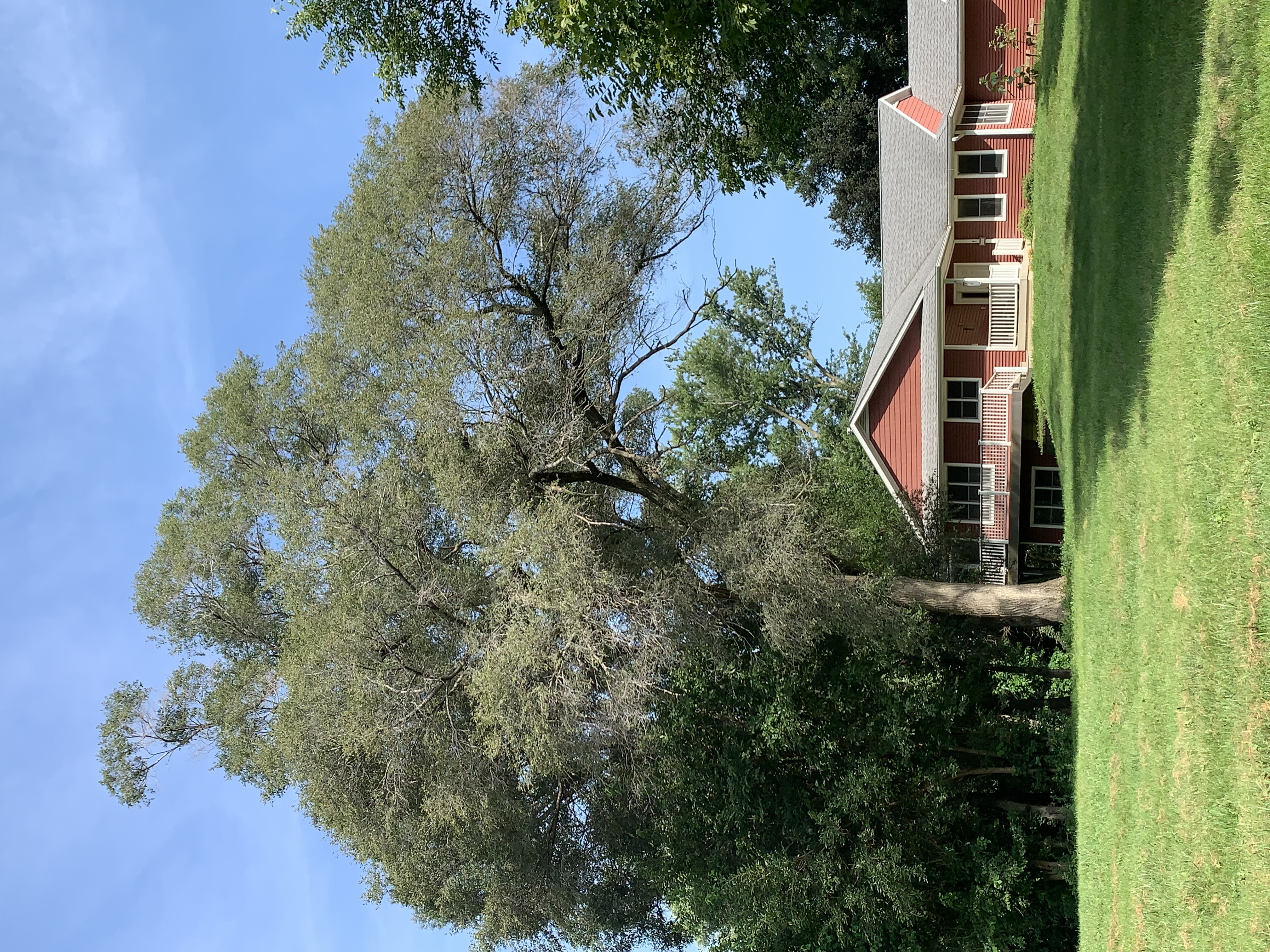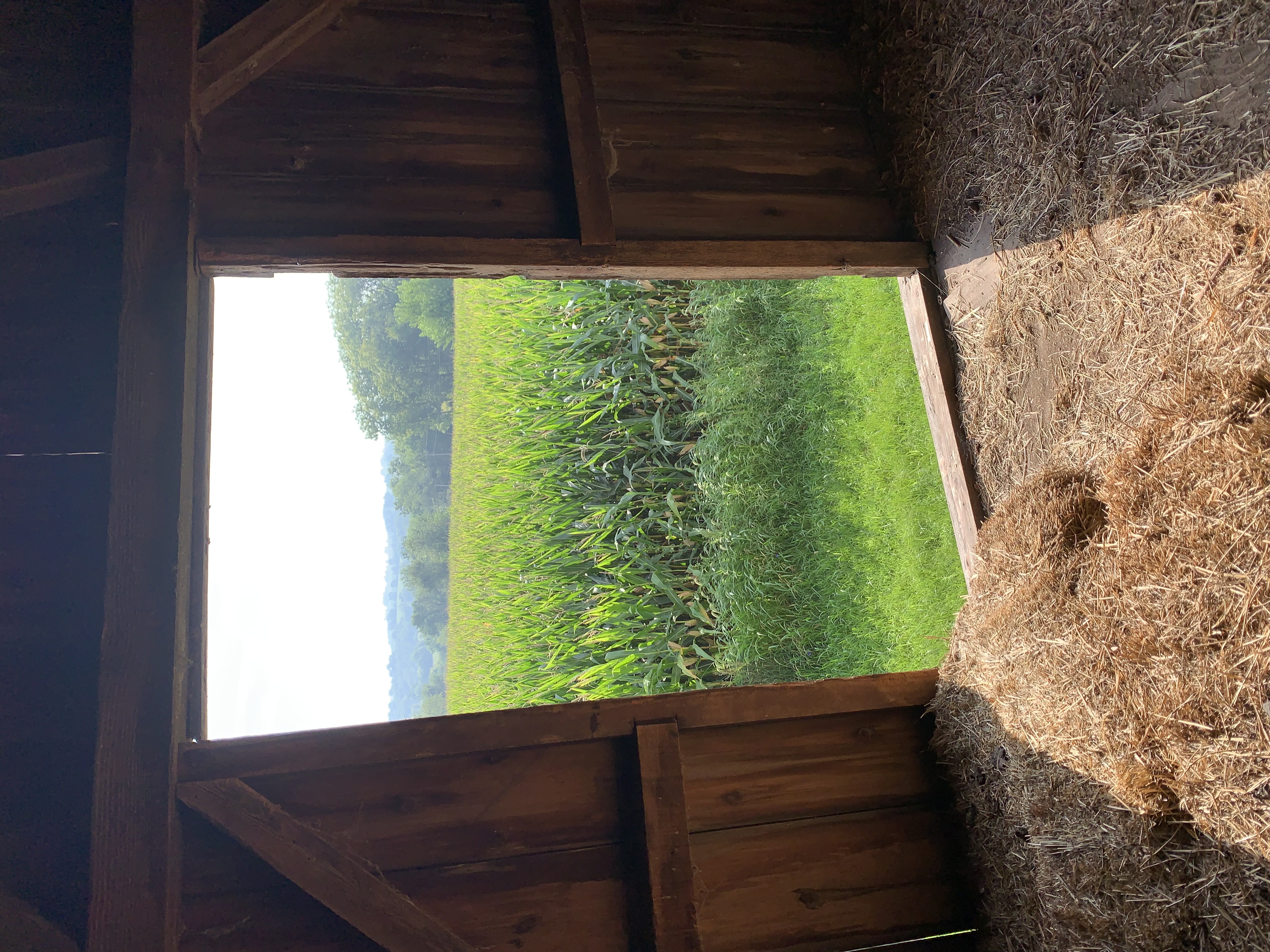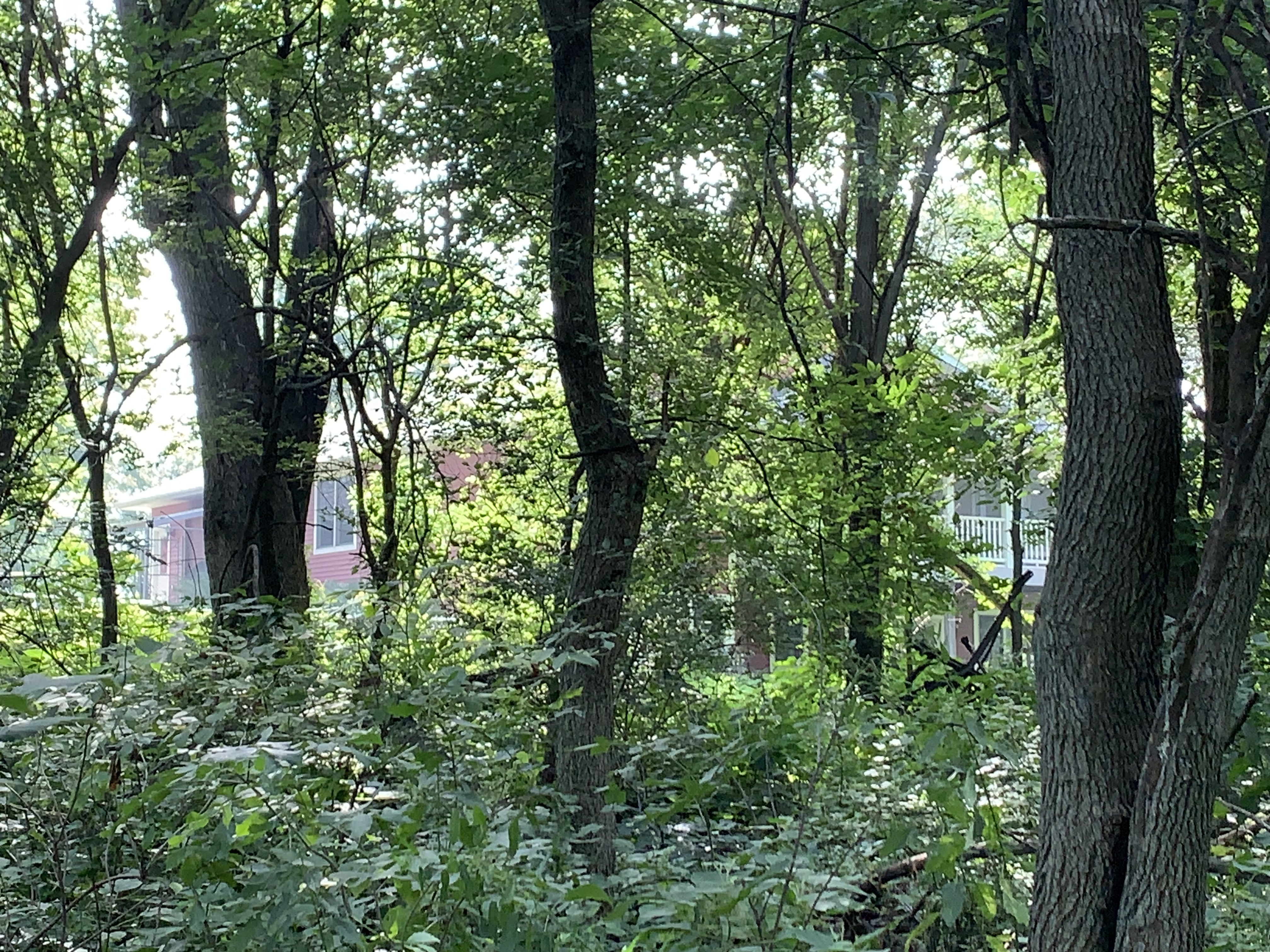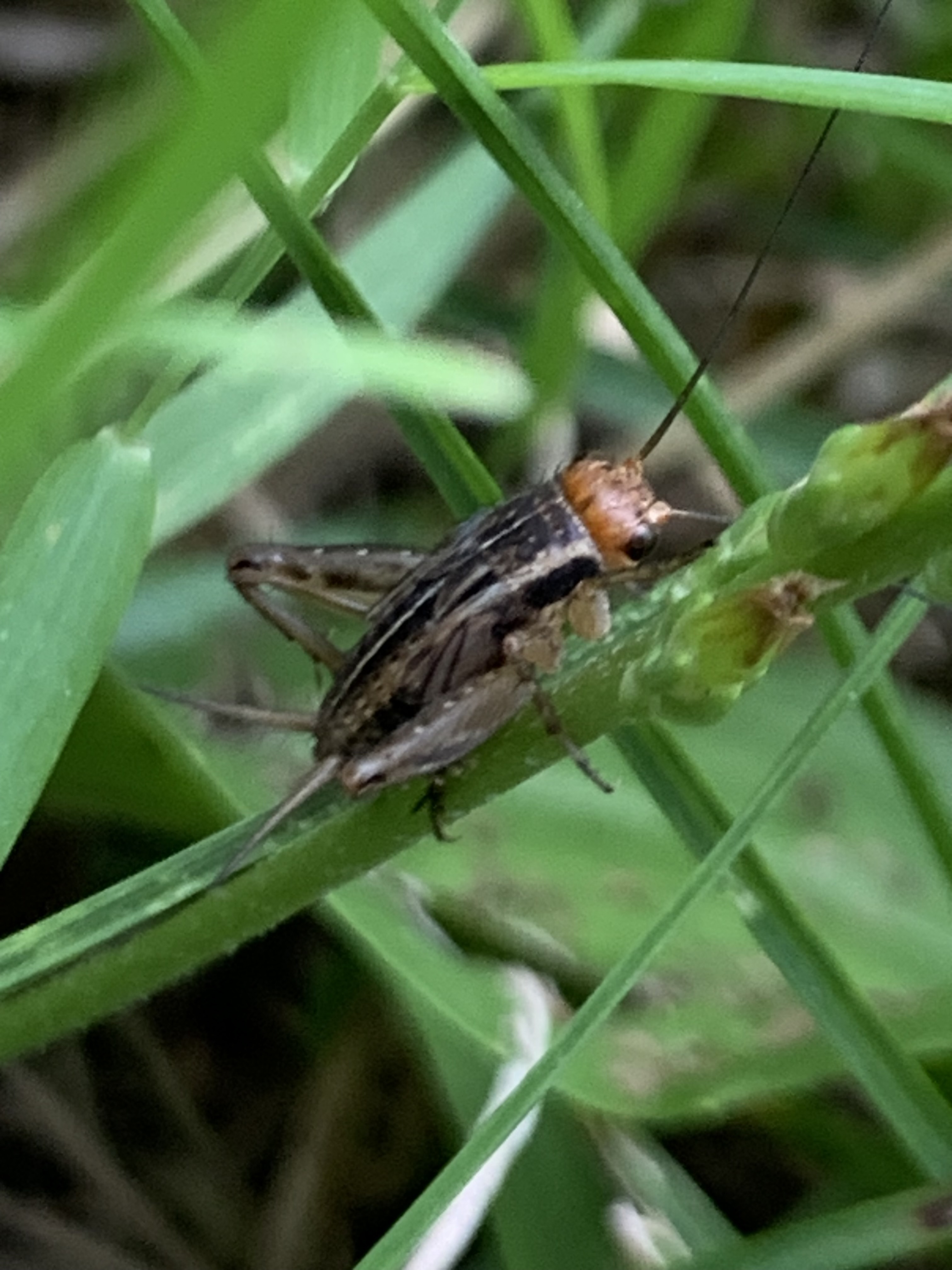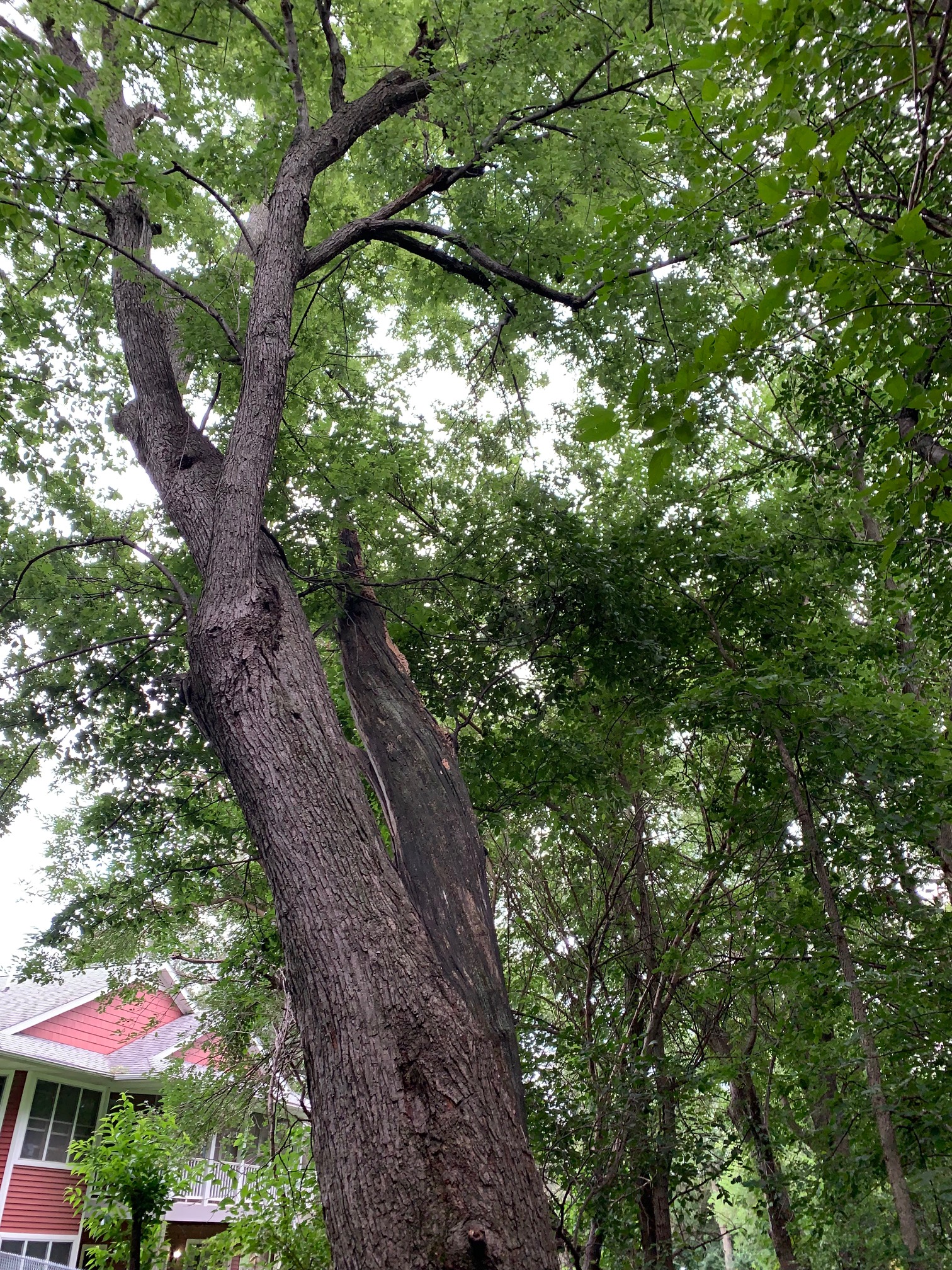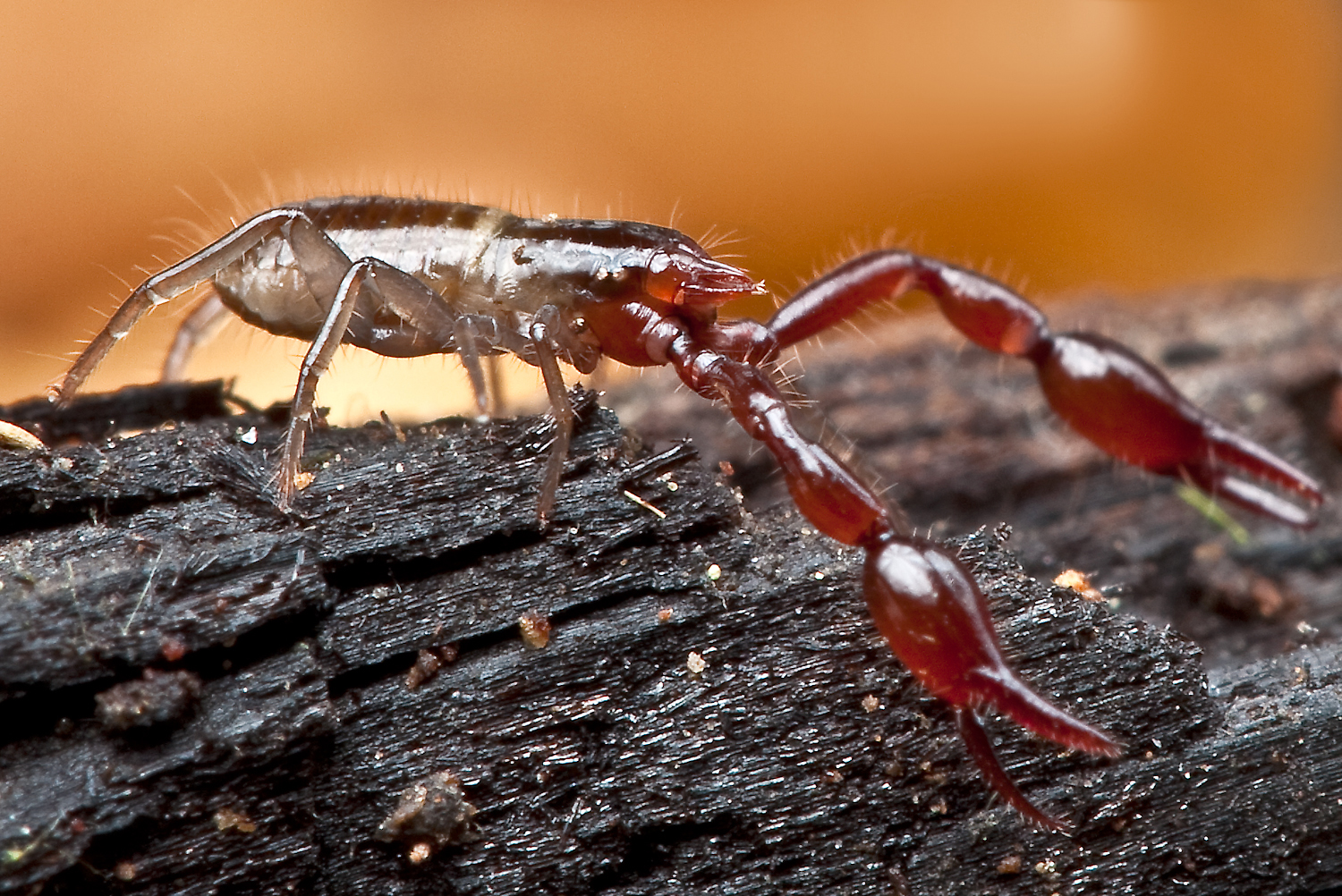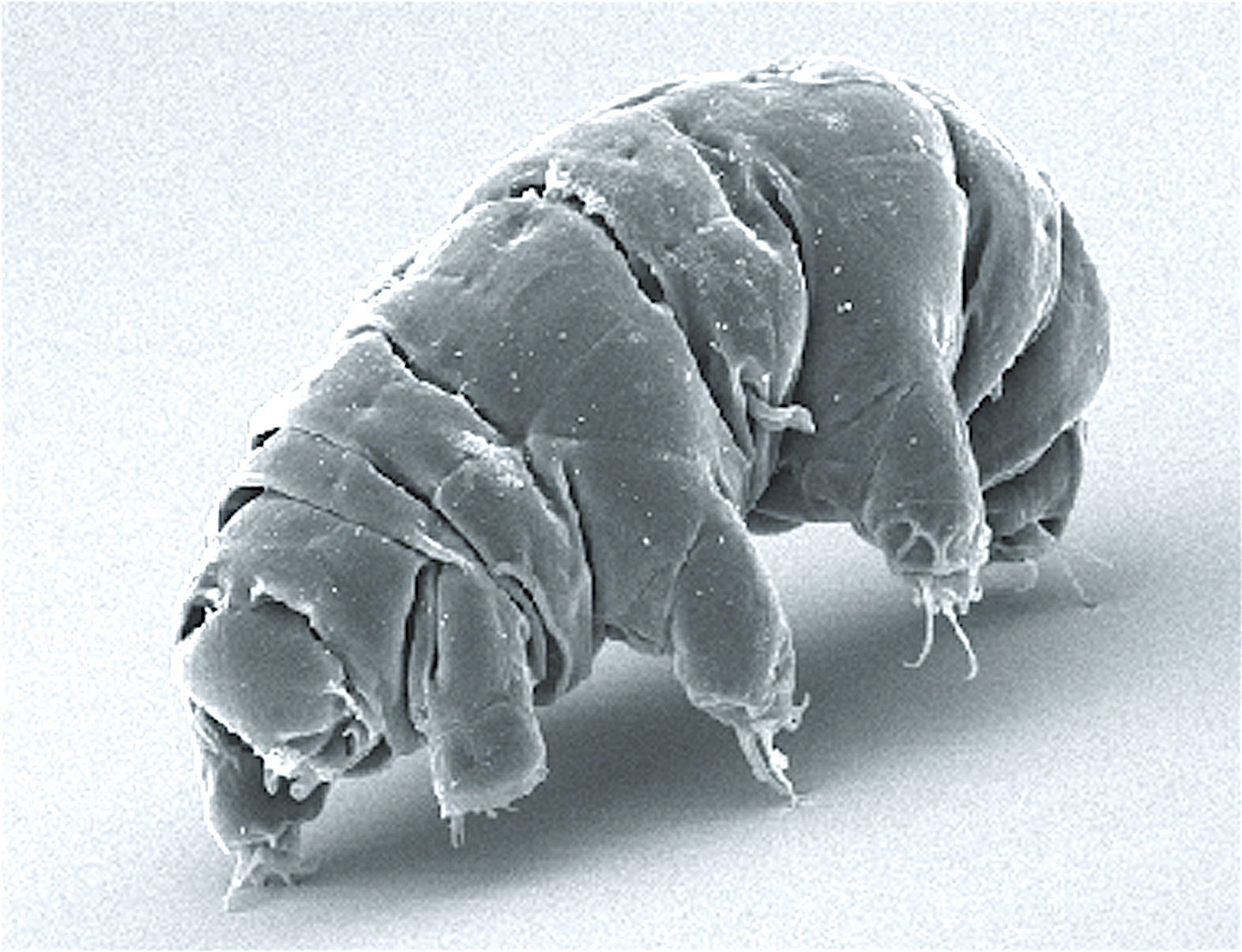
Skeletons in the Garden: Japanese Beetles
There’s a bunch of Virginia creeper growing on the fence down by the barn. Many of their leaves have been surgically stripped of the softer tissue between the veins, leaving lacy skeletons behind. A closer look reveals the culprits–a dozen or so half-inch-long, metallic green beetles with copper-colored wing cases and little white tufts of […]
Continue reading Skeletons in the Garden: Japanese Beetles